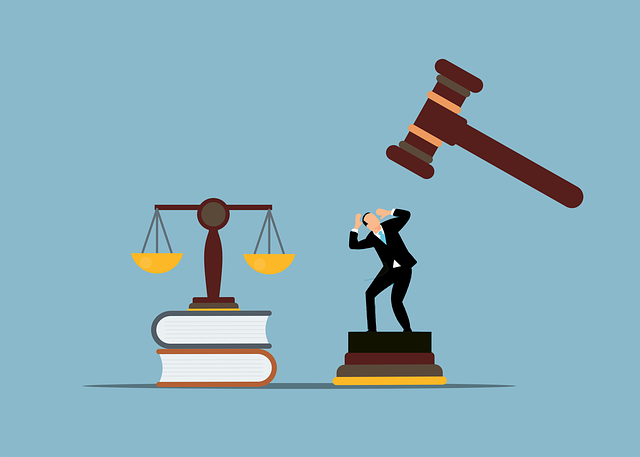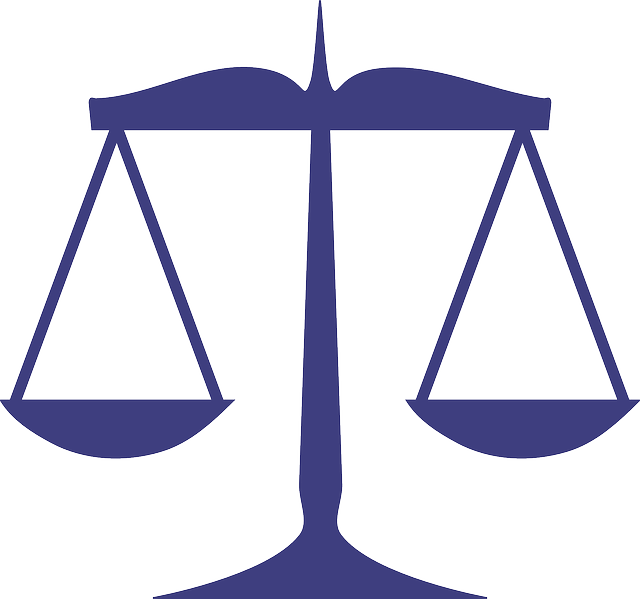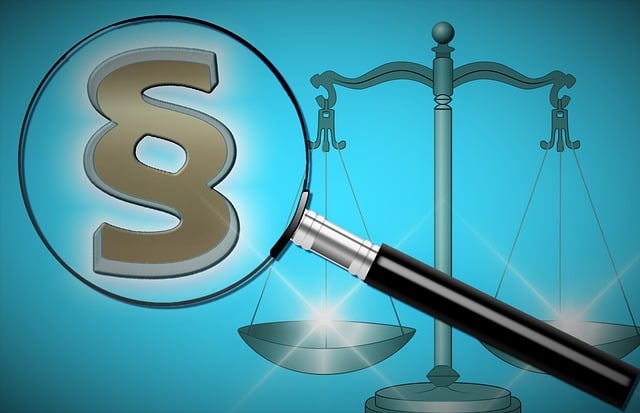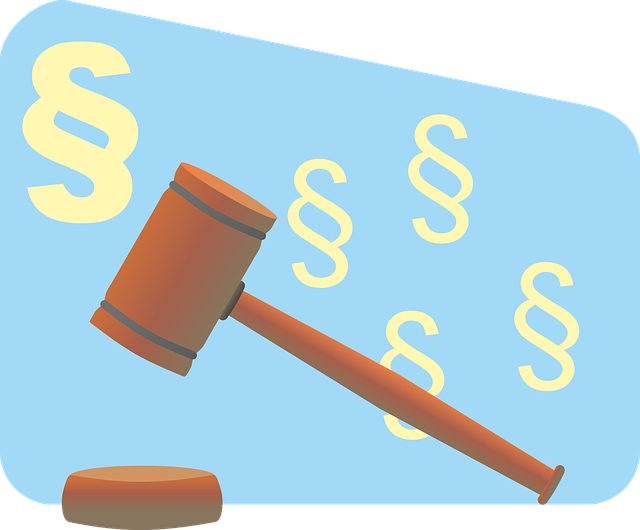In workplace wrongful death cases, evidence is vital for achieving justice and closure. This includes strategic use of documents, witness testimonies, and expert analysis to reconstruct fatal incidents, regardless of cause—from accidents to hazardous exposure. Key pieces like medical records, eyewitness accounts, and security footage demonstrate breach of duty and establish liability, navigating complex legal landscapes to secure settlements for grieving families while holding accountable negligent parties.
In the aftermath of a tragic workplace incident leading to a wrongful death, evidence becomes an indispensable ally in seeking justice. This article explores the intricate landscape of workplace wrongful death claims, with a focus on the pivotal role of evidence in proving liability. We delve into strategies for gathering and presenting solid proof, highlighting its impact on ensuring fairness and upholding the memory of the deceased. Understanding these principles is crucial for both legal professionals and individuals navigating such challenging circumstances.
- Understanding Workplace Wrongful Death Claims
- The Role of Evidence in Proving Liability
- Ensuring Justice: The Impact of Solid Evidence
Understanding Workplace Wrongful Death Claims

When it comes to workplace wrongful death claims, understanding the significance of evidence is paramount. In these sensitive cases, where a worker has lost their life due to another party’s negligence or intentional misconduct, solid proof is the cornerstone of any successful lawsuit. Evidence serves as the linchpin, ensuring justice and providing closure for the victim’s family. It’s not just about proving fault; it’s about reconstructing the events leading up to the fatal incident, which often involves meticulous documentation and expert analysis.
Workplace wrongful death claims encompass a range of scenarios, from construction site accidents and truck collisions to exposure to hazardous substances. Each case demands a strategic approach, utilizing relevant documents, witness testimonies, and forensic reports. These elements collectively paint a clear picture of the circumstances surrounding the tragedy. For instance, in truck accident injuries cases, evidence might include driver logs, maintenance records, and surveillance footage. The goal is to establish liability, determine fault, and ultimately secure appropriate accident settlements for the grieving families.
The Role of Evidence in Proving Liability

In any wrongful death lawsuit, particularly those involving workplace incidents, evidence is the linchpin that holds together a plaintiff’s case. It serves as the bridge between the occurrence of an unfortunate event and the establishment of liability. Without concrete and compelling evidence, it becomes exceedingly challenging to prove that negligence or wrongdoing led to the loss of a loved one. This is especially critical in the context of workplace wrongful death claims, where complex factors and potential contract disputes may come into play.
For instance, medical records can highlight pre-existing conditions, while eyewitness accounts and security footage can paint a vivid picture of how the incident unfolded. Foreseeable consequences, a key element in determining liability, are best supported by evidence that demonstrates a clear duty of care was breached. This could involve showing safety protocols were ignored or that hazardous conditions persisted despite warnings. In essence, evidence is instrumental in navigating the intricate legal landscape surrounding workplace wrongful death cases and securing appropriate injury compensation for affected families.
Ensuring Justice: The Impact of Solid Evidence

Ensuring justice in workplace wrongful death cases hinges on solid evidence. When a loved one loses their life due to negligence or unsafe working conditions, their family deserves a thorough investigation and a fair outcome. Evidence plays a pivotal role in this process, serving as the backbone of any legal claim. Without compelling proof, such as medical records detailing injuries, witness statements recounting the incident, and expert opinions on liability, it becomes challenging for plaintiffs to navigate complex legal systems and secure compensation.
In cases of workplace wrongful death, evidence can expose the negligence of employers or others responsible. This may include documentation of previous safety violations, failed inspections, inadequate training programs, or unsafe equipment. Such revelations not only strengthen the case but also underscore the necessity of holding accountable those who contribute to preventable auto accident injuries and partnership disputes. Effective use of evidence ensures that justice is served and provides solace to families navigating the aftermath of tragic events.
In navigating the complexities of a workplace wrongful death claim, evidence serves as the cornerstone for proving liability and ensuring justice. By meticulously compiling and presenting relevant data, documents, expert opinions, and witness testimonies, plaintiffs can showcase the negligence or intentional actions that led to the tragic loss of life. This robust evidentiary framework not only strengthens their case but also upholds the importance of accountability in preventing similar future tragedies, making it an indispensable aspect of workplace wrongful death lawsuits.






